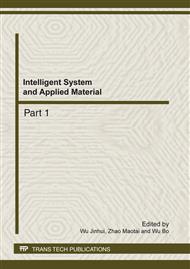p.814
p.819
p.824
p.829
p.834
p.839
p.844
p.849
p.854
Techniques of Fragment Numerical Simulation of Armour-Piercing Warhead Penetrating Target Process Base on AUTODYN
Abstract:
Needing to analyse fragment’s destructive effect for military researching purpose, it is produced after armour-piercing warhead penetrate target. How to reduce physical test expense and acquire believable researching result at the same time have been puzzled problems that must be solved as soon as possible. Discussing techniques of fragment produced in armour-piercing warhead penetration process with the way of numerical simulation based on AUTODYN, it is a program that analyses dynamics in this paper. Techniques mainly include the Lagrange, the SPH, the Lagrange combining with the SPH and the Lagrange combining with restriction invalidation, at the same time, analysed different technique’s merit and demerit by establishing the numeric simulation model of armour-piercing warhead destroying target and obtaining simulation result. By researching the technique of making numeric fragment, establishing favorable base for researching armour-piercing warhead destroying mechanism.
Info:
Periodical:
Pages:
834-838
Citation:
Online since:
February 2012
Authors:
Keywords:
Price:
Сopyright:
© 2012 Trans Tech Publications Ltd. All Rights Reserved
Share:
Citation:


